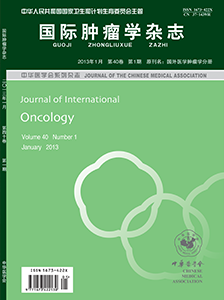Research progress on the mechanism of β human papillomavirus induced cutaneous squamous cell carcinoma
引用次数: 0
Abstract
Human papillomaviruse (HPV) infects squamous epithelium and induces hyperproliferative lesions. β human papillomavirus (β-HPV) is a common type of HPV according to the nucleic acid sequence of L1 protein. In recent years, the incidence of cutaneous squamous cell carcinoma (CSCC) has increased, β-HPV may be involved in the pathogenesis of CSCC. Besides, β-HPV inhibits p53 and pRb tumor suppressor genes through virus E6 and E7 proteins, which plays an important role in the initial stage of cancer. Therefore, the β-HPV is a target for preventing CSCC, especially for patients with immunosuppression who have received organ transplantation. Key words: Neoplasms, squamous cell; Betapapillomavirus; Mechanismβ人乳头瘤病毒诱导皮肤鳞状细胞癌机制的研究进展
人乳头瘤病毒(HPV)感染鳞状上皮并诱导增生性病变。β人乳头瘤病毒(β-HPV)是一种常见的人乳头瘤病毒,根据L1蛋白的核酸序列。近年来,皮肤鳞状细胞癌(CSCC)的发病率有所上升,β-HPV可能参与了CSCC的发病过程。此外,β-HPV通过病毒E6和E7蛋白抑制p53和pRb肿瘤抑制基因,在癌症初期发挥重要作用。因此,β-HPV是预防CSCC的靶点,特别是对于接受器官移植的免疫抑制患者。关键词:肿瘤;鳞状细胞;Betapapillomavirus;机制
本文章由计算机程序翻译,如有差异,请以英文原文为准。
求助全文
约1分钟内获得全文
求助全文

 求助内容:
求助内容: 应助结果提醒方式:
应助结果提醒方式:


